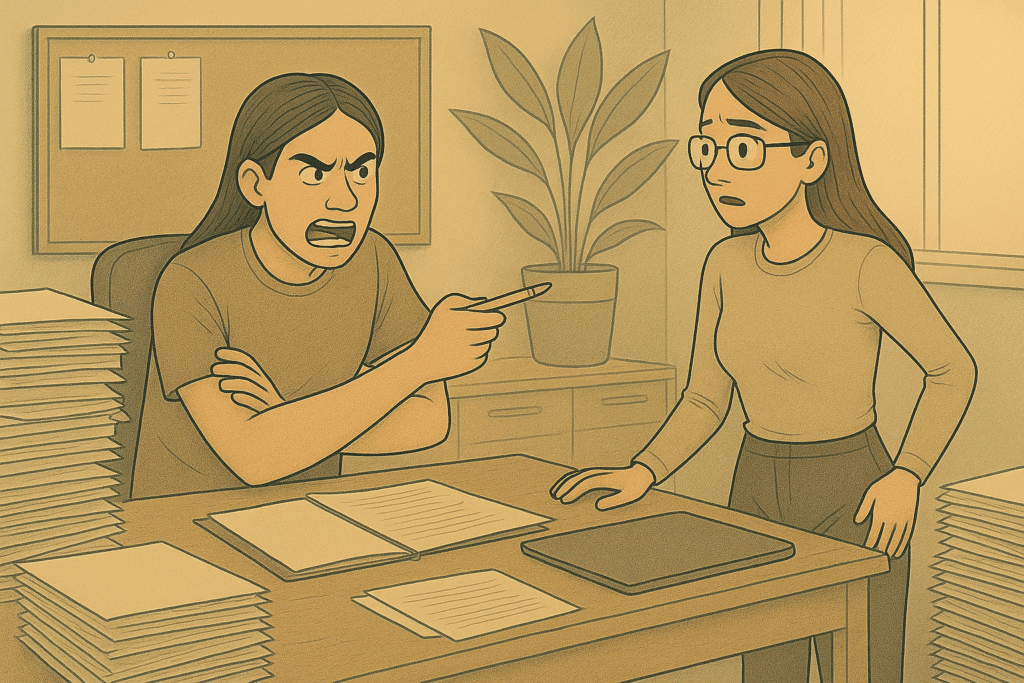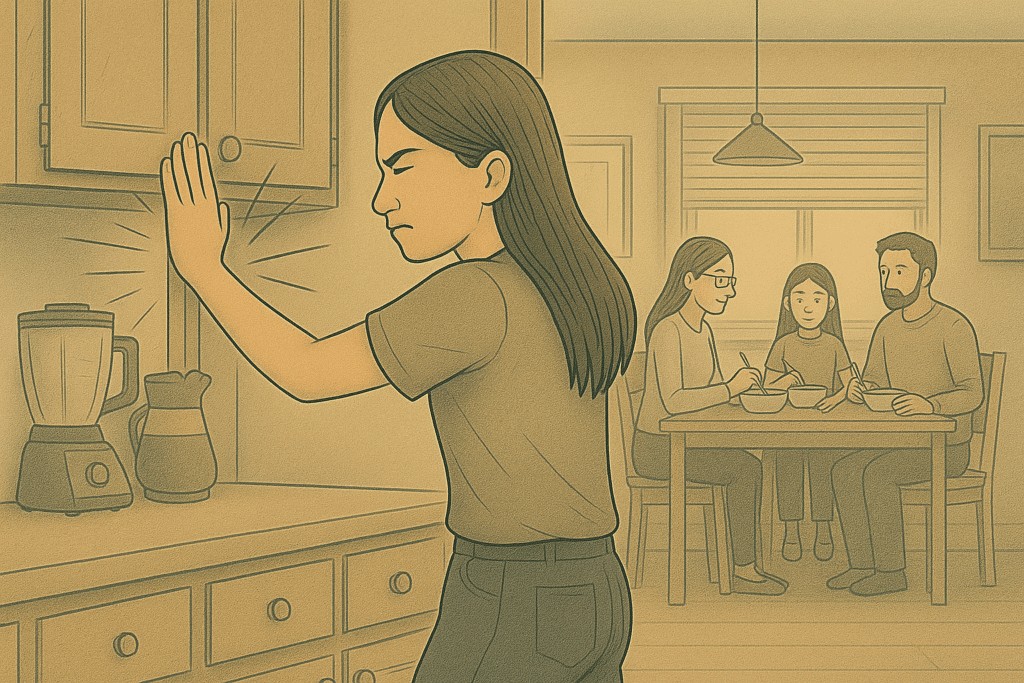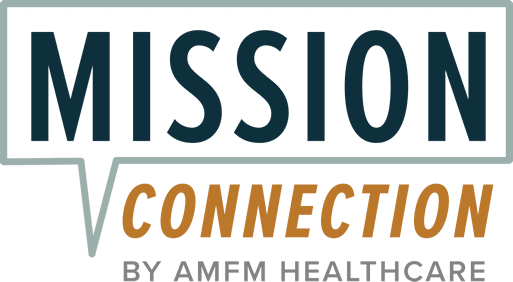
Key Takeaways
- Displaced anger happens when frustration toward one source gets redirected to a safer target, offering temporary relief but damaging relationships.
- It often shows up as overreacting, passive-aggressive behavior, unexplained guilt, or physical tension, making it harder to see the real trigger.
- Common causes include workplace stress, childhood patterns, or situations where direct confrontation feels unsafe or impossible.
- While misdirected anger feels like release in the moment, it undermines mental health, strains trust, and can even hurt career growth.
- Programs like Mission Connection provide the tools, therapy, and community support needed to replace destructive anger patterns with healthier, lasting habits.
Displaced Anger Explained: When You Lash Out at the Wrong Target
Displaced anger is about emotional redirection. When we feel anger toward someone, it’s unsafe or risky to confront, our minds instinctively find alternative outlets. The original source might be a boss, a parent, or even uncomfortable feelings within ourselves.
Take Maria, for example. After harsh criticism from her manager, she stays quiet at work. But later that night, she explodes at her teenager for leaving the bed unmade, something that normally wouldn’t bother her. Her frustration isn’t about the bed at all; it’s displaced from the earlier power struggle at work.
The Psychology Behind Emotional Redirection
Freud first described displacement as a defense mechanism, an unconscious way to protect ourselves from painful emotions. Modern psychology confirms this: when direct expression feels unsafe, the brain finds safer outlets.
Displacement offers release but at a cost. The mind reasons, “I can’t show anger at my boss or I’ll get fired, but I can at my spouse, who won’t leave.” This may ease tension temporarily, but it damages close relationships while leaving the real issue unresolved.
Neurologically, anger activates the body’s “fight or flight” system. When that energy isn’t released at the source, it lingers, leaving us more sensitive and prone to overreacting until it finds another outlet.
How Displacement Differs from Other Anger Responses
Displacement isn’t suppression (bottling up) or repression (pushing feelings out of awareness). It involves expressing anger, but at the wrong target, making it harder to recognize since it brings short-term relief.
It also differs from projection, where we pin feelings on others (“I’m not angry, you are”). With displacement, we acknowledge the anger but misdirect it. Unlike direct aggression or passive-aggression, it’s expressed openly, just toward the wrong person or situation.
| Mission Connection: Outpatient Mental Health Support Mission Connection offers flexible outpatient care for adults needing more than weekly therapy. Our in-person and telehealth programs include individual, group, and experiential therapy, along with psychiatric care and medication management. We treat anxiety, depression, trauma, and bipolar disorder using evidence-based approaches like CBT, DBT, mindfulness, and trauma-focused therapies. Designed to fit into daily life, our services provide consistent support without requiring residential care. Start your recovery journey with Mission Connection today! |
5 Clear Signs You’re Experiencing Displaced Anger
Recognizing displaced anger in yourself requires honest self-reflection. The following signs can help you identify when you might be redirecting your emotions inappropriately. While experiencing one of these occasionally is normal, a persistent pattern suggests you might be regularly displacing your anger.

1. Overreacting to Minor Irritations
One of the clearest indicators of displaced anger is responding with disproportionate intensity to minor inconveniences. When the emotional reaction seems excessive compared to the triggering event, it’s often because you’re carrying accumulated anger from elsewhere. This might look like flying into a rage when you drop something, becoming unreasonably upset about a slow internet connection, or having a meltdown over a small mistake.
2. Feeling Guilty After Anger Episodes
After an outburst of displaced anger, you often experience a wave of guilt or shame that seems disproportionate. This happens because, on some level, you recognize the target didn’t deserve your reaction. You might find yourself apologizing profusely or feeling confused about why you reacted so strongly. This guilt cycle can become a pattern: anger, outburst, guilt, repeat, without addressing the true source of frustration.
3. Passive-Aggressive Behaviors
Sometimes displaced anger doesn’t manifest as obvious rage but instead emerges through passive-aggressive behaviors. You might find yourself making sarcastic comments, deliberately procrastinating, or giving someone the silent treatment. These indirect expressions of anger often occur when the real source of your frustration feels too threatening to confront. Instead of addressing the actual problem, you punish unrelated people through these subtle behaviors that allow you to deny that you’re actually angry.
For example, after being overlooked for a promotion, you might start showing up late to meetings led by a colleague who had nothing to do with the decision. Your anger is really about feeling undervalued by management, but it’s safer to subtly undermine your peers than confront your boss.
4. Physical Symptoms Without Clear Cause
Unexplained tension headaches, tight shoulders, clenched jaw, or stomach issues can be physical manifestations of displaced anger. They often express themselves through physical symptoms when emotions aren’t processed appropriately. You might notice these physical sensations intensify in certain environments or around specific people, even though those situations aren’t directly related to what’s truly bothering you.
5. Difficulty Identifying What Really Upset You
Perhaps the most telling sign is struggling to identify what actually triggered your anger in the first place. When asked why you’re upset, you might point to something that just happened but feel confused about why it affected you so strongly. This confusion occurs because the current trigger isn’t the real source—it merely provided an outlet for anger that originated elsewhere. If you frequently find yourself thinking, “I don’t know why I’m so angry about this,” displacement might be at play.
Real-Life Examples of Displaced Anger in Action
Displaced anger often hides in plain sight. By looking at common situations, you can see how unexpressed frustration spills onto safer targets, damaging relationships while the real source of anger remains unresolved.
At Work: Office Tension and Misplaced Frustration
David works under a demanding boss who constantly shifts deadlines. Unable to confront his supervisor, he redirects his frustration toward his assistant and colleagues, nitpicking reports, snapping at questions, and dismissing ideas in meetings. Even small gestures, like cookies from a coworker, trigger cutting remarks rooted in his unspoken resentment toward his boss. Over time, his displaced anger erodes team morale and isolates him professionally.
David’s Pattern:
- True Source: Boss’s unrealistic demands
- Safer Target: Assistant and coworkers
- Behavior: Harsh criticism, dismissive attitude
- Consequence: Strained workplace relationships and low morale
In Relationships: When Partners Become Targets
Sarah feels drained after visiting her resistant mother, who refuses needed medical care. Unable to voice her frustration, she released it at home. A simple question from her husband about dinner sparks an explosive outburst, leaving him confused and hurt. This cycle repeats, unresolved tension with her mother gets redirected into fights with Michael, straining their marriage, while the deeper issue remains untouched.
Common Triggers That Lead to Anger Displacement
Recognizing triggers helps us spot displacement before it harms relationships. While they vary by person, high-risk scenarios often involve power imbalances, emotional vulnerability, or contexts where direct expression feels unsafe.
Workplace Stress and Power Imbalances
The workplace often discourages authentic emotional expression. When bosses make unreasonable demands, employees may suppress anger to protect careers, later discharging it at home or toward subordinates who pose no threat.
Childhood Experiences and Learned Patterns
Many displacement habits start in childhood. Kids punished for expressing anger may learn to redirect emotions elsewhere. As adults, these ingrained pathways surface as road rage, irritability with service staff, or criticism of safer targets.
Inability to Address the True Source
Sometimes the real source simply can’t be confronted, whether it’s distance, past events, or existential realities like illness and loss. Anger then emerges in unrelated settings, such as irritability at coworkers while grieving a loved one.
How Displaced Anger Hurts You and Others
Displaced anger may feel like a release in the moment, but the long-term costs are heavy. It damages relationships, undermines mental health, and even affects careers. Left unaddressed, it creates cycles of mistrust, stress, and missed opportunities for growth.
Impact on Relationships
Partners, children, and friends who become the target of displaced anger often feel hurt and confused. Over time, this unpredictability breeds tension, emotional distance, and diminished trust. Children are especially vulnerable—regular exposure can teach them to blame themselves or adopt unhealthy anger patterns, repeating the cycle in their own relationships.
Mental Health Effects
Displacement prevents us from addressing the real issues fueling our emotions, leaving problems unresolved. This avoidance reinforces the habit, adding to stress and sometimes leading to depression. On a deeper level, many people recognize their anger is misdirected, which brings guilt or shame. This shame-anger loop can reduce self-esteem and make emotional regulation even harder.
Relationship Consequences
Displacement often involves blaming loved ones for frustrations they didn’t cause, creating confusion and resentment. This forces others into hypervigilance, always bracing for the next outburst. At the same time, misdirected anger blocks honest communication about our true needs, leaving relationships stuck in surface-level conflict rather than growing through authentic connection.
Professional Risks
In professional settings, displaced anger undermines credibility. Colleagues and supervisors may view emotional outbursts as signs of poor judgment or lack of self-control, limiting trust and advancement opportunities. Beyond reputation, it drains cognitive energy that could fuel problem-solving, creativity, and meaningful career growth.
Break the Cycle: How to Stop Misdirecting Your Anger
Recognizing displaced anger is only the first step—lasting change comes from practicing new habits. With awareness and consistency, we can redirect anger toward healthier outlets and build stronger emotional patterns.
Pause Before Reacting
Use the five-second rule: when anger rises, pause, breathe, and name the feeling. This moment of reflection lets your rational brain engage before emotions take over. It’s especially useful in high-risk situations like coming home after stressful days. Over time, this pause becomes automatic, helping prevent misdirected reactions.
Identify Your True Feelings
Displacement often happens when we mislabel emotions. Ask: Am I really angry, or is this hurt, fear, or disappointment? Journaling, emotional check-ins, and mindfulness can reveal the true source of frustration. By understanding your inner feelings, you can address the real trigger instead of projecting it elsewhere.
Practice Direct Communication
Assertive, respectful communication helps express anger where it belongs. Use “I” statements to share feelings without blame: “I feel frustrated when deadlines change suddenly.” Role-play tough conversations, or if direct expression isn’t possible, process emotions through journaling, unsent letters, or talking with a neutral third party.

Create Healthy Outlets
Strong emotions need safe release. Physical activity, running, boxing, or HIIT, burns off tension while boosting mood. Creative outlets like painting, music, or writing channel emotions constructively and often reveal insights into their deeper causes. Even simple activities like coloring can soothe rising anger in the moment.
When to Seek Professional Help
Self-help strategies work for occasional displaced anger, but persistent patterns often need therapy. A trained professional helps uncover unconscious triggers, process underlying emotions, and build healthier responses. This support is crucial when anger harms relationships, work, or overall well-being.
Warning Signs You May Need Therapy
Seek professional help if anger causes repeated conflicts or emotional withdrawal in close relationships. Other red flags include guilt without change, escalation into physical aggression, substance use, or feedback from others that your reactions feel disproportionate. Work disruptions or professional consequences are also clear signals that expert intervention is needed.
Therapeutic Approaches That Help
- Cognitive-Behavioral Therapy (CBT): Teaches skills to challenge distorted thoughts, rehearse healthier responses, and solve problems effectively. Often delivers noticeable results within 8–12 sessions.
- Psychodynamic Therapy: Find childhood roots and unconscious patterns that fuel displacement, offering deeper long-term change. Schema therapy is especially helpful for entrenched patterns.
- Couples or Family Therapy: Focuses on relational issues, helping partners or families break cycles of displacement together and rebuild trust.
Therapy manages anger and transforms it into a signal for growth, leading to healthier communication, stronger relationships, and improved emotional balance.
Building Healthier Patterns with Mission Connection
Sometimes breaking cycles of displaced anger requires more than self-guided strategies—it takes professional guidance. Mission Connection provides flexible, comprehensive care that fits into your life, whether in person or through secure telehealth. With support from licensed clinicians, clients gain tools to manage anger, process emotions, and build healthier connections.

What Mission Connection Offers:
- Personalized care plans specific to your needs and lifestyle
- Evidence-based therapies, including CBT, DBT, and mindfulness therapy
- Daily group therapy and weekly individual sessions for structure and accountability
- Psychiatric care and medication management when needed
- In-person and telehealth options for convenience and accessibility
Mission Connection emphasizes healing through community and connection, while ensuring every client feels heard and supported. With over 96% of clients saying they’re glad they entered care, the program continues to help people reshape their relationship with anger and emotional health.
Frequently Asked Questions (FAQ)
Is displaced anger the same as passive-aggressive behavior?
Displaced anger redirects frustration to a safer target, while passive-aggressive behavior expresses hostility indirectly. They can overlap, but the difference lies in misdirected anger versus indirect expression. Both signal struggles with healthy emotional communication and benefit from developing direct, constructive dialogue skills.
Can children show signs of displaced anger?
Yes, children often display displaced anger because they lack emotional regulation skills. For example, lashing out at siblings after school stress. Parents can help by naming feelings, modeling calm expressions, and creating safe environments for direct communication and emotional understanding.
How can I tell if someone is displacing their anger onto me?
Displaced anger often looks disproportionate, poorly timed, or inconsistent with the relationship. It may follow stress elsewhere, like work. Instead of reacting defensively, de-escalate and later discuss patterns calmly. Naming these cycles fosters healthier communication and reduces recurring emotional misfires.
Does displaced anger always involve yelling or obvious anger?
Not always. Displaced anger may show through withdrawal, sarcasm, criticism, rigidity, or even self-destructive actions. It doesn’t have to be loud or aggressive. The key feature is that the emotion is misdirected, expressed inappropriately instead of addressing its true source.
Can displaced anger become a habit or pattern?
Yes, repeated displacement can become automatic as brain pathways strengthen, making anger feel like it has a life of its own. Breaking this cycle means practicing healthier outlets, building awareness, and addressing root fears. Professional support, like the structured therapy at Mission Connection, can make it easier to replace old habits with healthier, lasting patterns.


